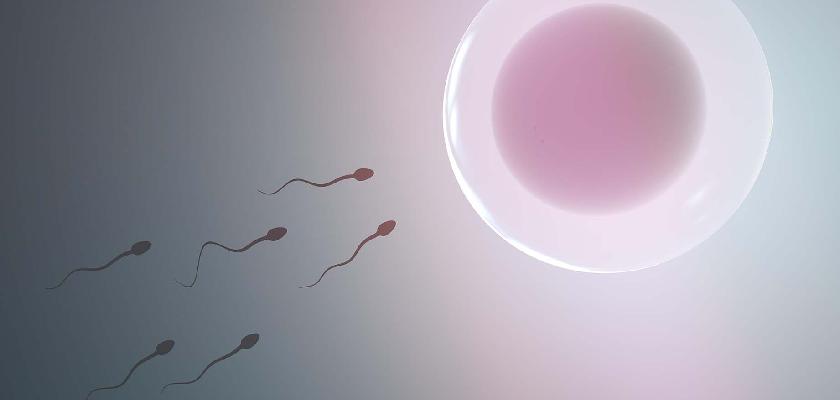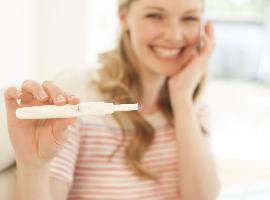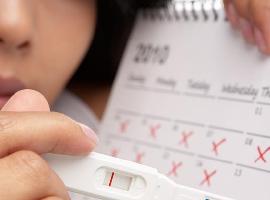 view post
view post
When Do You Ovulate, Signs of Ovulation
- 0
- 0
- 2019-04-03
- By: Jane

The women of child-bearing age can have a general idea of their own ovulatory period through four kinds of methods, which is very helpful for those planning for pregnancy or practising contraception.
I. Calculation method: most women ovulate about two weeks (12-16 days) before the next menstruation happens, and they can calculate it based on the regular pattern of their previous menstrual cycles. But the ovulating time will be affected by disease, mood, environment and medicine, so it should be used in combination with other methods.
II. Measurement of the basic body temperature(BBT): the females' basic body temperature changes periodically and the rise of the basic body temperature after ovulation indicates that the ovulation has happened. The ovulation generally happens during the process of the basic body temperature rising from low to high before it is raised, and the three days when the basic body temperature keeps a high level are "a period easy to get pregnant". However, this method can only indicate the ovulation has already happened, and cannot predict when the ovulation will happen. What merits attention is: the measurement of the basic body temperature must be done and recorded after immediate waking up from sufficient sleeping for 6 hours (not proceeding to do anything after waking up). Any special circumstances may influence the change of the basic body temperature and they should be written down, e.g. the sexual activity at night on the previous day, recent cold, etc. It needs to be tested repeatedly and link the dots with lines on the form.
Under the normal situation, the body temperature rises by 0.4 to 1.0 degrees after ovulation, and it is called a bi-phase body temperature. If there is no ovulation, the body temperature does not rise and presents a low level of body temperature during the whole cycle, and it is called single-phase body temperature.
If your menstruation or life is not regular, e.g. night shift, on a business trip, insomnia, changes in mood, disease, etc., you should not judge whether there is ovulation with this method.
III. Observing the cervical mucus: the cervical mucus is often dense in a small quantity, or even with no mucus at all after the menstruation is over, and it is called "the dry period", indicating a non-ovulation period. In the middle period during the menstrual cycle, there is increasingly more mucus in the vagina with the change of internal secretion which is much thinner, and it is called "the moist period". When it draws near to the ovulation period, the mucus becomes limpid, moist and smooth, full of elasticity, like the egg white with a high thread drawing degree and difficult to break. The ovulating day falls on the day in the middle of the last day when this kind of mucus appears ±48 hours. So, when the private parts are becoming moist, it is the ovulation period, and also called "the period easy to get pregnant". If you plan to get pregnant, you should choose "the moist period" before the ovulation period.
IV. Testing with the ovulation test paper: first, you should determine the usual menstrual cycle, namely the number of days starting from the first day of the menstruation to the first day of the next menstruation, and then you begin to test it from the 11th day of the menstrual cycle, once for each day. You can test it at home so as to arrange the conception plan based on the time schedule.







